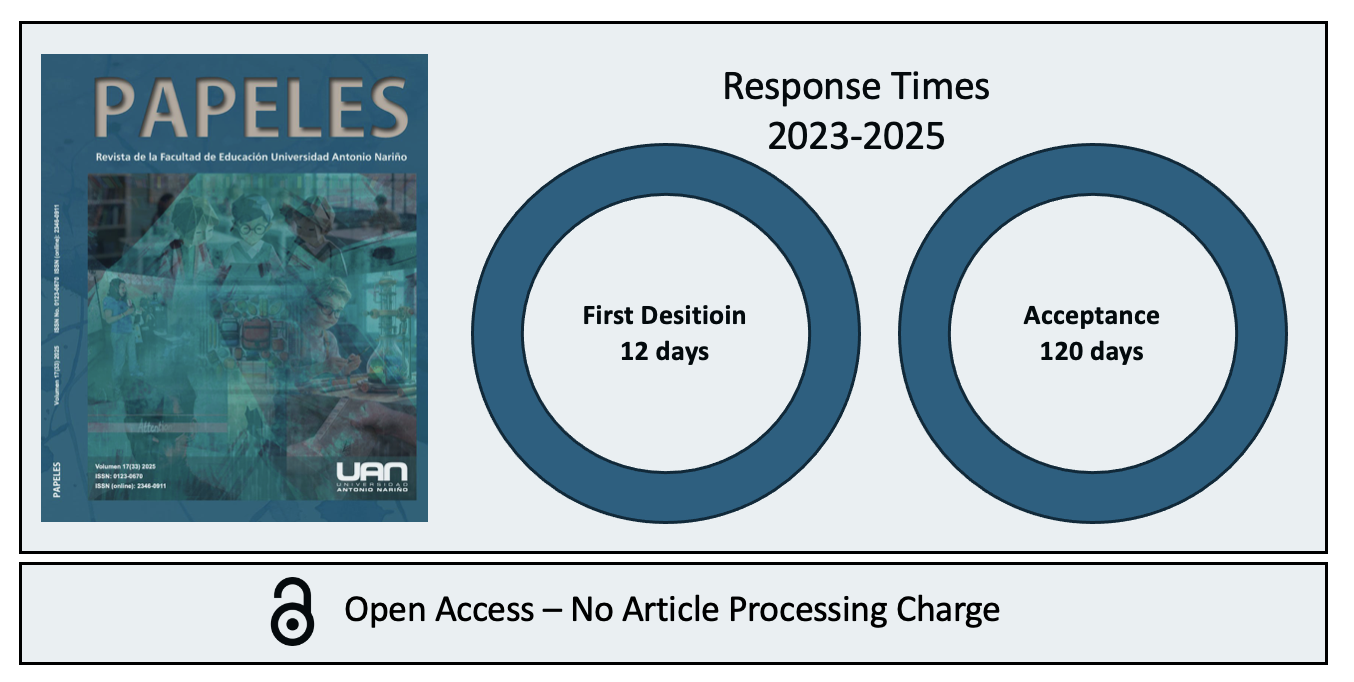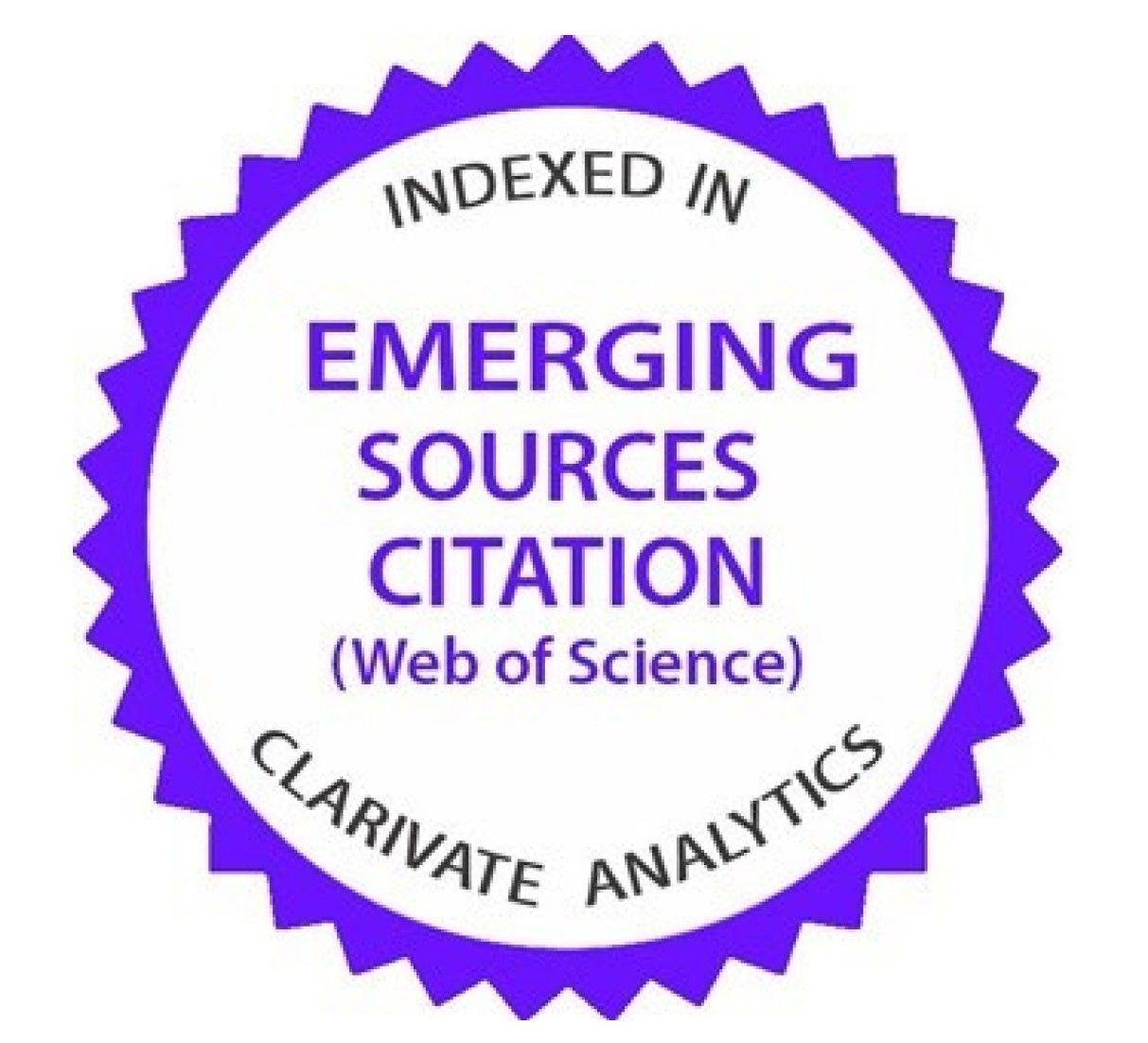Music and narrative: linking vessels in the construction of a subject reader
DOI:
https://doi.org/10.54104/papeles.v8n16.452Keywords:
music, narrative, cognitive skills, strategy, reading comprehensionAbstract
The present article offers a deep reflection upon the link between music and narrative through a path which leads to a classroom strategy which takes into consideration these disciplines to make a reader more competent. It also intends to analyze the effect that music has in the brain as well as its multiple possibilities may be shared with literature, which benefit the cognitive development in order to achieve an optimal reading comprehension. Aims to achieve a true consciousness, regarding an interdisciplinary search in the practice and an effective link between knowledge areas, heading toward specific objectives which foster the construction and learning of the knowledge are, undoubtedly, the foundations that frame the ideas spread in this article.
Downloads
References
(1) Banai, K., & Ahissar, M. (2013). “Musical experience, auditory perception and reading-related skills in children”. Recuperado de: http://journals.plos.org/plosone/article?id=10.1371/journal.pone.0075876
(2) Caycedo, Luz Stela (2012): “Cómo nace un sentimiento. Música y cerebro”. Conferencia magistral Parque explora, Medellín, Colombia, 14 de noviembre de 2012.
(3) Casanueva, M. (1994). “La huella del folclore en la Literatura Infantil”. Recuperado de: http://gredos.usal.es/jspui/bitstream/10366/69142/1/La_huella_del_folclore_en_la_literatura_.pdf
(4) Del Valle, M., Brenca, R. & Guaita, V. (2009). “Las destrezas narrativas en niños de 5 años: Propuesta de un instrumento de evaluación clínica del lenguaje”. Revista chilena de Fonoaudiología.
(5) Feu, J, & Piñero, DE. (2008). “Pasajes sonoros en la primera infancia: retrato musical de la narración infantil.” Recuperado de: https://magisteriomusicainfantil.wikispaces.com/file/view/EU04303.pdf
(6) Font, D., & Cantero, F. (2008). “La melodía del habla: acento, ritmo y entonación”. Recuperado de: http://www.grao.com/revistas/eufonia/043-musica-y-lenguaje/la-melodia-del-habla-acento-ritmo-y-entonacion
(7) Gallo, E., Reyzábal, M. & Santiuste, M. (2008). Música y lingüística. INFAD. En: Revista de Psicología, pp. 315 – 323.
(8) Gómez, M. (2007). Música y neurología. Neurología, 22(1), 39-45.
(9) Grahn, J. (2013). Music on the Brain. [video]. De: https://www.youtube.com/watch?v=u1vlTI0EsPk
(10) G. Soria-Urios, et al. (2011). “Música y cerebro (II): evidencias cerebrales del entrenamiento musical.” En: Revista Neurol, pp.739-746.
(11) Honing, H. (2011). Listening to music. [video]. De: https://www.youtube.com/watch?v=EU7HcV83RXc
(12) Honolka, K., Richter, L., Nettl, P., Stäblein, B., Reinhard, K. y Engel, H. (1998). Historia de la música. Madrid, España: Editorial EDAF.
(13) Jäncke, L. (2009). “Music drives brain plasticity”. De: http://www.ncbi.nlm.nih.gov/pmc/articles/PMC2948283/
(14) Oram, H. (1998). Fernando furioso. Caracas: Ediciones Ekaré. Ilustraciones: Kitamura, S.
(15) Prada, M. (2010). Lectura y Subjetividad. Una mirada desde la hermenéutica de Paul Ricoeur. Bogotá: Uniediciones – Grupo Editorial Ibañez.
(16) Punset, E. (2011). Música, emociones y neurociencia. Programa redes. [video]. Disponible en: https://www.youtube.com/watch?v=skSAnoClGws
(17) Trehub, S. (2006). “Infant music perception: Domain-general or domain-specific mechanisms?”. Disponible en: https://faculty.unlv.edu/ehannon/publications/Trehub_Hannon_2006.pdf
(18) Van Dijk, T. (1980). Texto y contexto: Semántica y pragmática del discurso. Barcelona: Paidós.
Downloads
Published
-
Abstract604
-
PDF (Español)282
How to Cite
Issue
Section
License

This work is licensed under a Creative Commons Attribution-NonCommercial-ShareAlike 4.0 International License.






